Pros and Cons of Popular Scarf Types
These pieces of fabric were originally used not to protect people from the cold but more to wipe sweat from the neck. And in Ancient China, scarves were used to identify the ranks of officers in the army. At the beginning of the 19th century, scarves became a trendy accessory for both men and women.
We at 5-Minute Crafts want to tell you more about different kinds of scarves and their pros and cons.
Types of scarves in terms of their functions
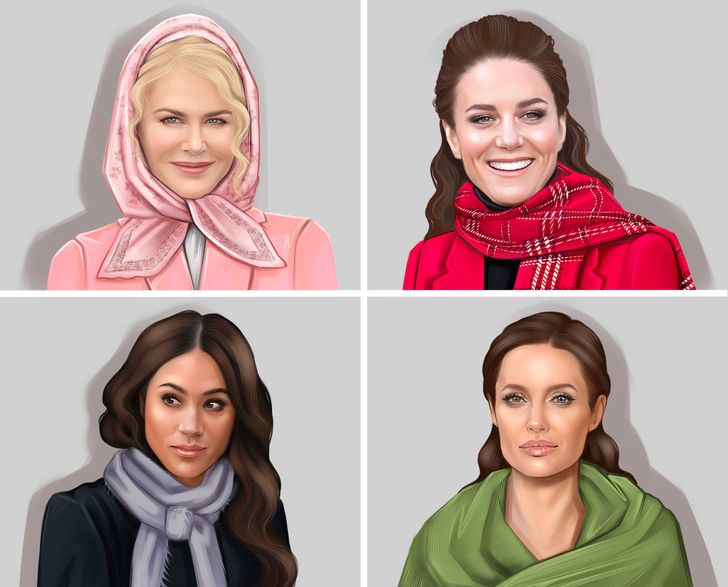
- Headscarves. They are usually worn on the head. They protect you from the sun, the cold, the wind, and dust. They are made from a variety of fabrics: linen, pashmina, cashmere, chiffon, and cotton.
- Neck scarves. These scarves are wrapped around the neck, but for decorative reasons. It’s a stylish accessory for both men and women.
- Winter scarves. These are warm, sometimes knitted things for a cold time of the year.
- Beach scarves. This is a big piece of fabric made from light and flowy material.
Types of fabrics
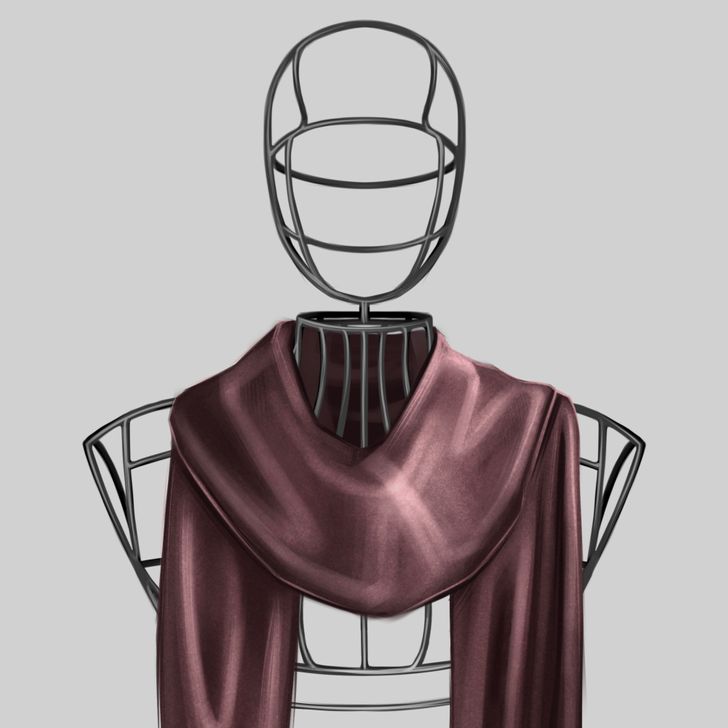
Pros:
- Velvet scarves look luxurious.
- These scarves look good both on men and women.
- Good for restaurants.
Cons:
- Hard to take care of. It’s better to have it professionally cleaned or at least hand-washed.
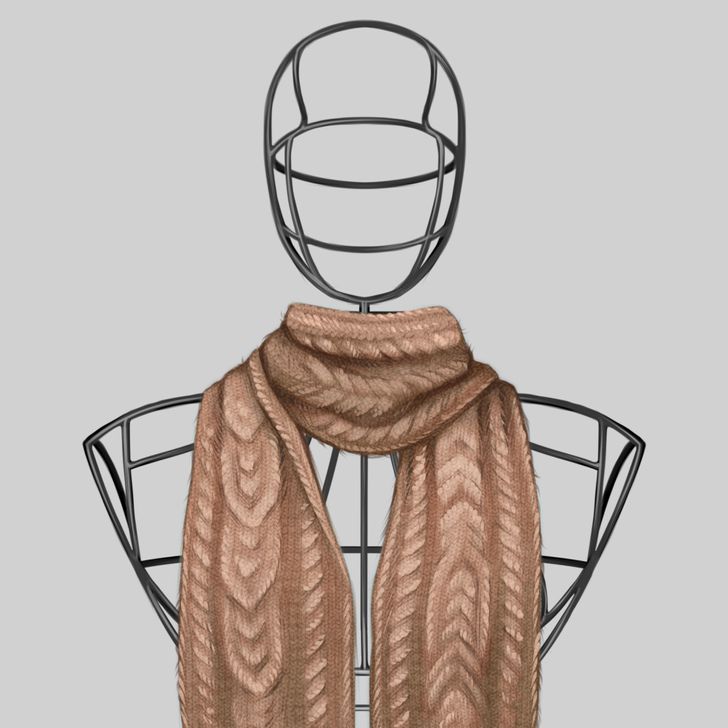
Pros:
- Woolen scarves are really warm.
- Durable.
- Water and dust-resistant.
- If the wool is good, it retains its shape well.
Cons:
- High price.
- Can cause an allergic reaction.
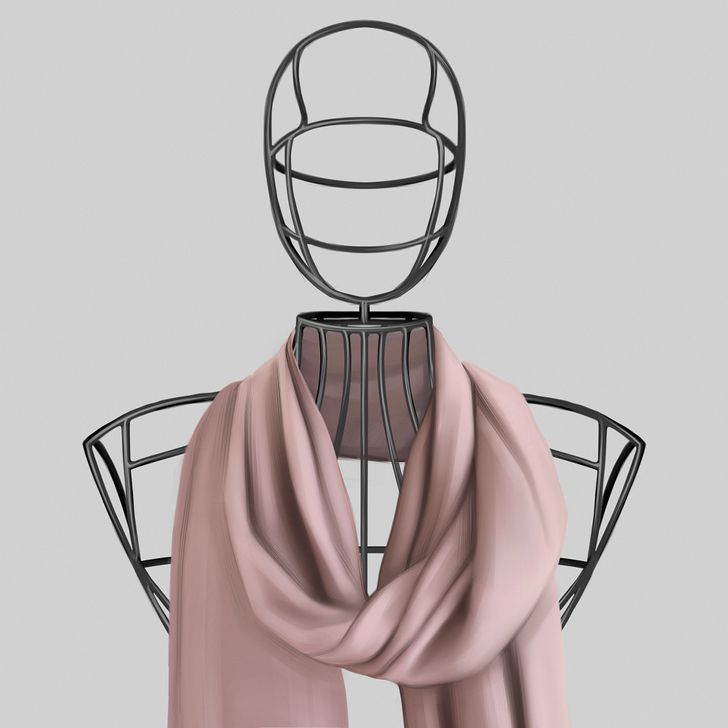
Pros:
- Holds in warmth well.
- Elegant appearance.
- Usually doesn’t cause allergic reactions or skin irritations.
- Pashmina scarves are easy to transport because they are easy to fold.
Cons:
- Pashmina is more expensive than cashmere.
- Can only be hand washed.
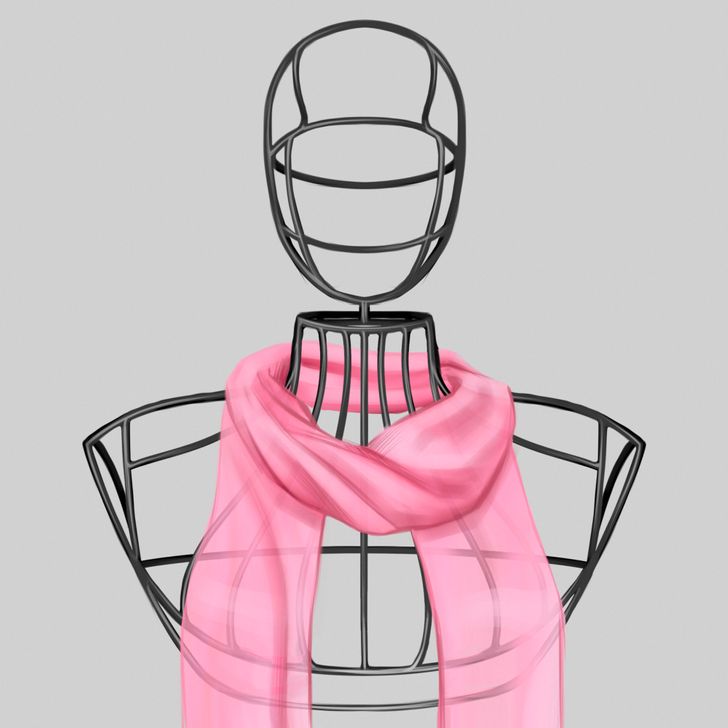
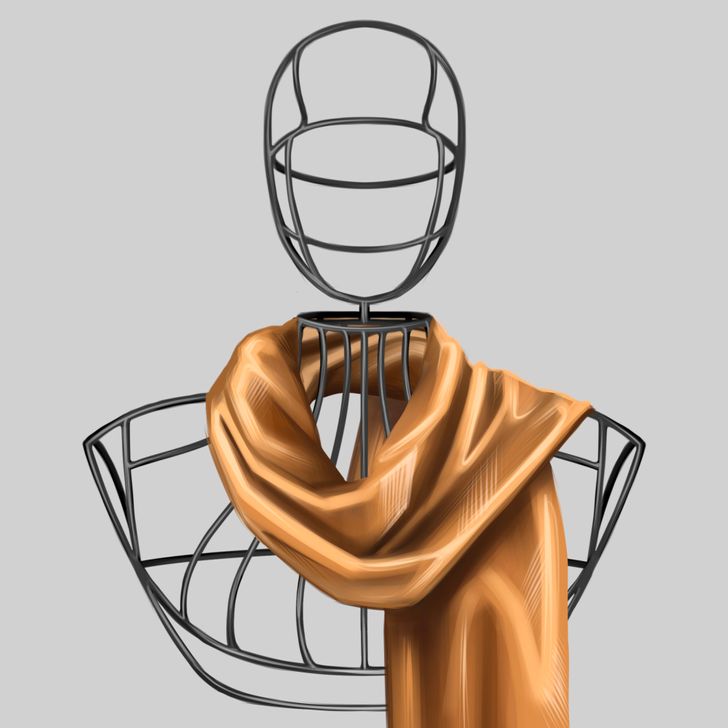
Pros:
- Doesn’t irritate the skin.
- Doesn’t absorb water.
- Doesn’t cause allergic reactions.
Cons:
- Easy to wrinkle.
- Among the most expensive fabrics on the market.
- The production is not ethical.
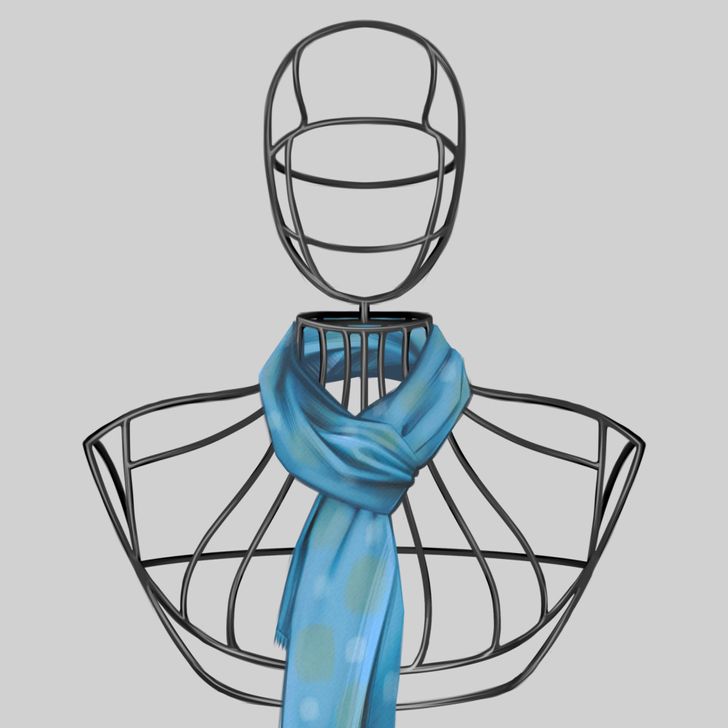
Pros:
- Soft, comfortable, and breathable material.
- Doesn’t cause skin irritation or allergic reactions.
Cons:
- Natural fiber ages faster.
- Retains moisture.
- Can shrink.
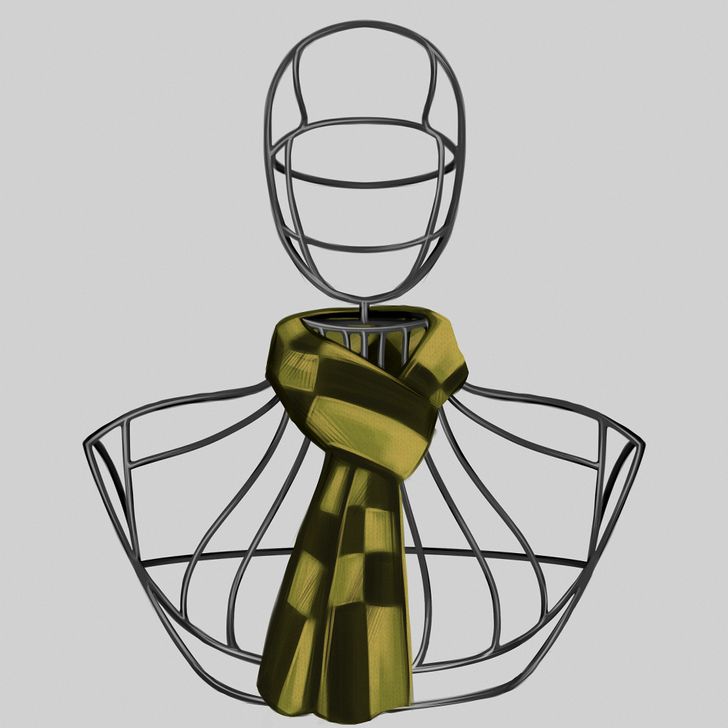
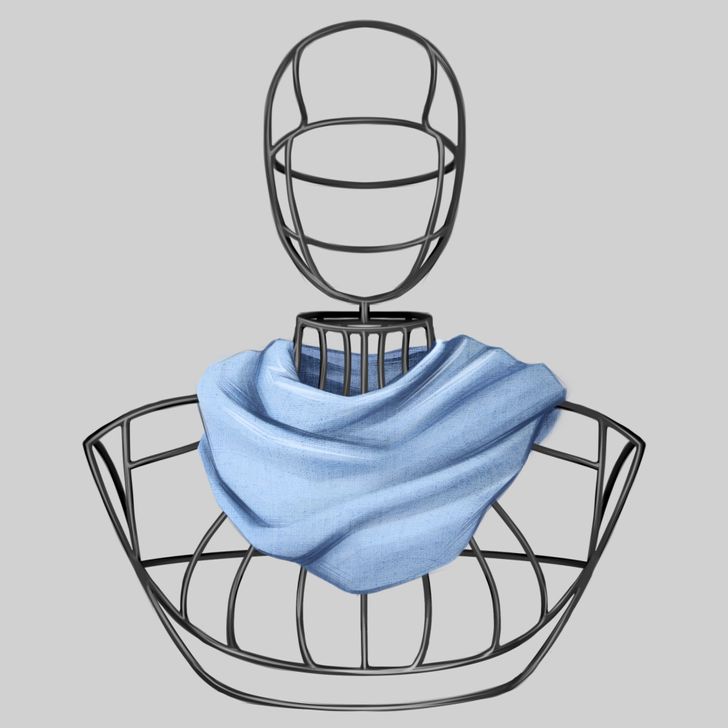
Styles of scarves
Traditional rectangular
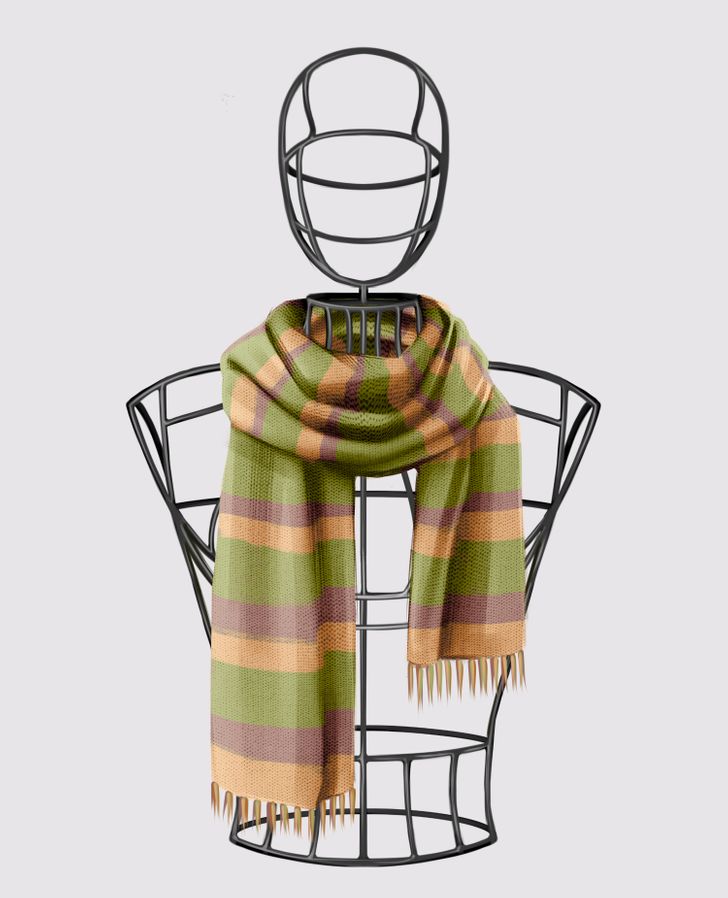
Bandana
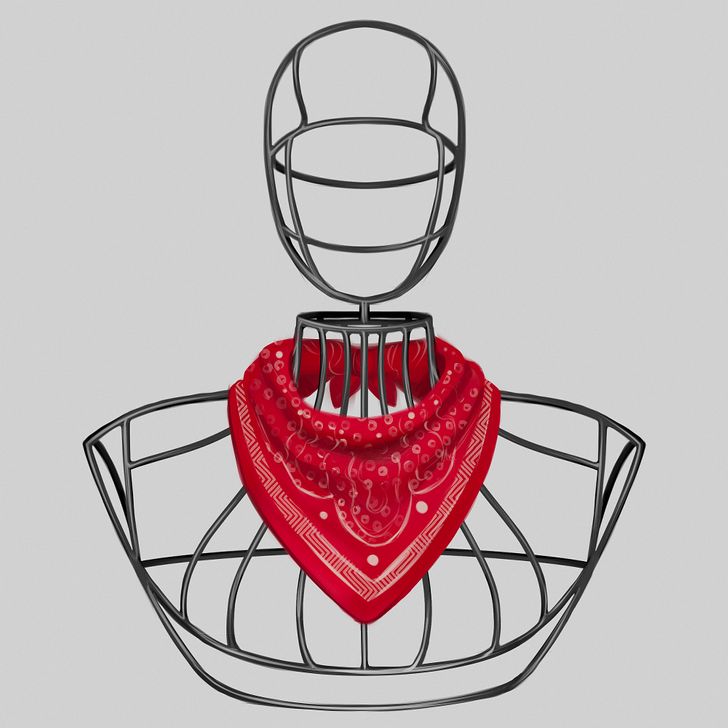
The bandana is a triangular piece of cloth that you can wear around your neck and it provides full coverage of the neck area. You can also use it as a ponytail holder or head wrap. You’ll also find bandanas with a square shape that you can fold into a triangle. It has a short length, usually up to 20 inches.
No matter what you are wearing, it will make your look pop.
Blanket
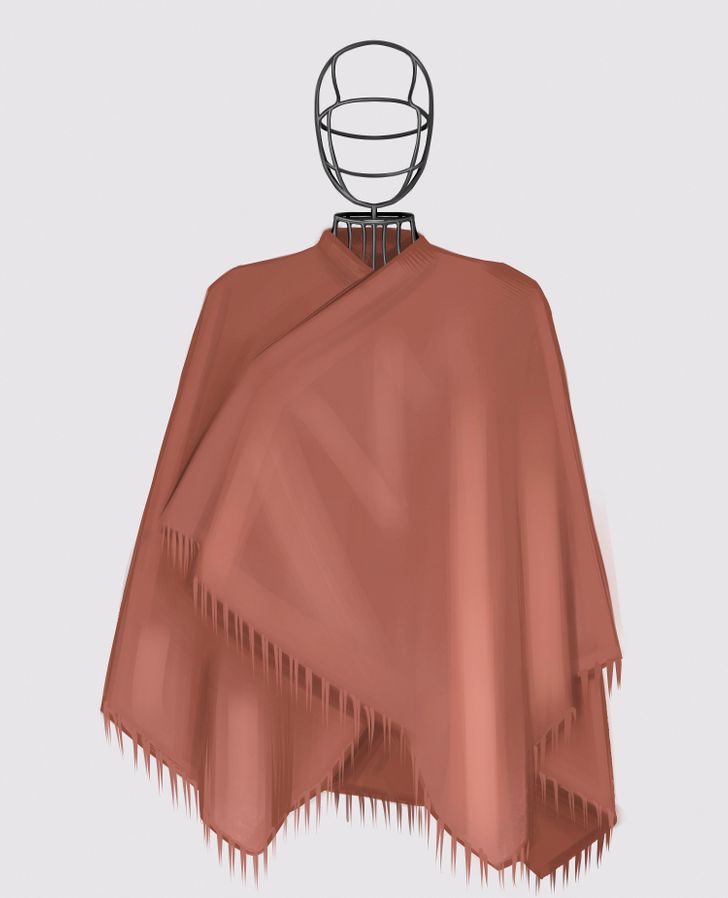
It’s an incredibly warm and cozy scarf that can be used to keep warm. Even though it’s mostly an accessory, you will wear it at a cold time of the year.
To wear it, you need to fold it in half to make a triangle and wrap it around your neck so that the end of the triangle points down along the chest.
Snood
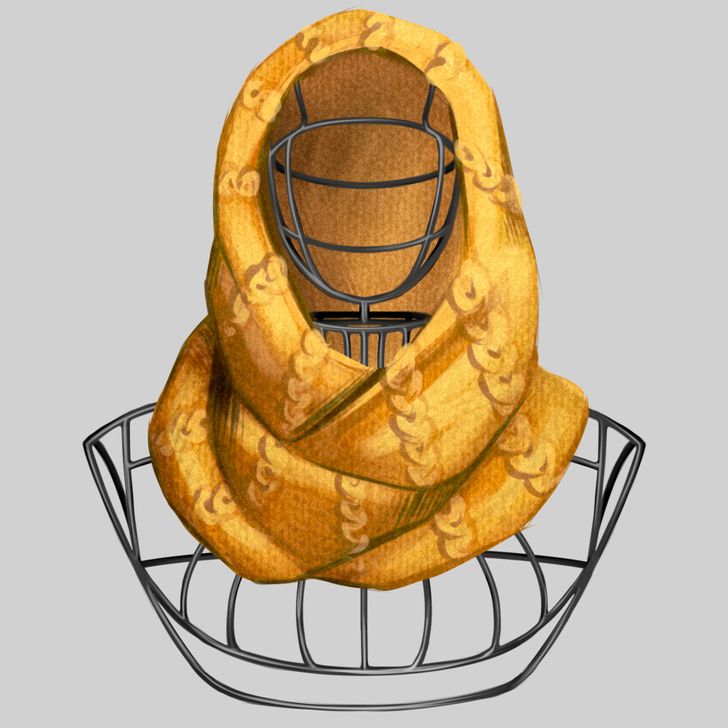
A snood scarf refers to a scarf win the shape of a large cowl. It’s great for cold weather because it can replace a scarf and a hat.
A snood is great with leggings or jeans and with a winter coat.